Problem :
I'd like to run the following test routine with an LTE router:
- cause a loss of signal, as if the router entered a tunnel
- remove the signal obstruction, as if the router just exited said tunnel
- check how the router behaves after the signal obstruction is removed (i.e. how well does it re-establish its LTE connection, how long does it take, etc.)
- repeat that routine 30 times
What I'm looking for is a system that can perform the signal obstruction mentioned above:
- reliably (the LTE signal must be completely lost and regained with 100% accuracy)
- safely (I don't want to damage any part of the router, specifically the RF module)
- automatically (I'm gonna need to do this tests more than a hundred times) I'm especially concerned about the safety aspect.
I have a background in electronics and physics, but I'm not a "radio guy". I do know that playing with antennas while the modem is running can sometimes cause the amplifier to fry, even though I assume this problem is usually curtailed by TX power limits and automatic impedance/antenna detection. But since I don't know exactly how the modem is made and run, I'd prefer to run a design idea before you guiles.
Here's a function-level sketch of what I think would be perfect for this job:

Questions :
- Is there a better way (simpler, safer)?
- What are the risks of this design?
- What should I put as the "dead end"? A impedance-rated plug?
Any answer, thought, or even blurt is appreciated; no need to be thorough or 100% sure.